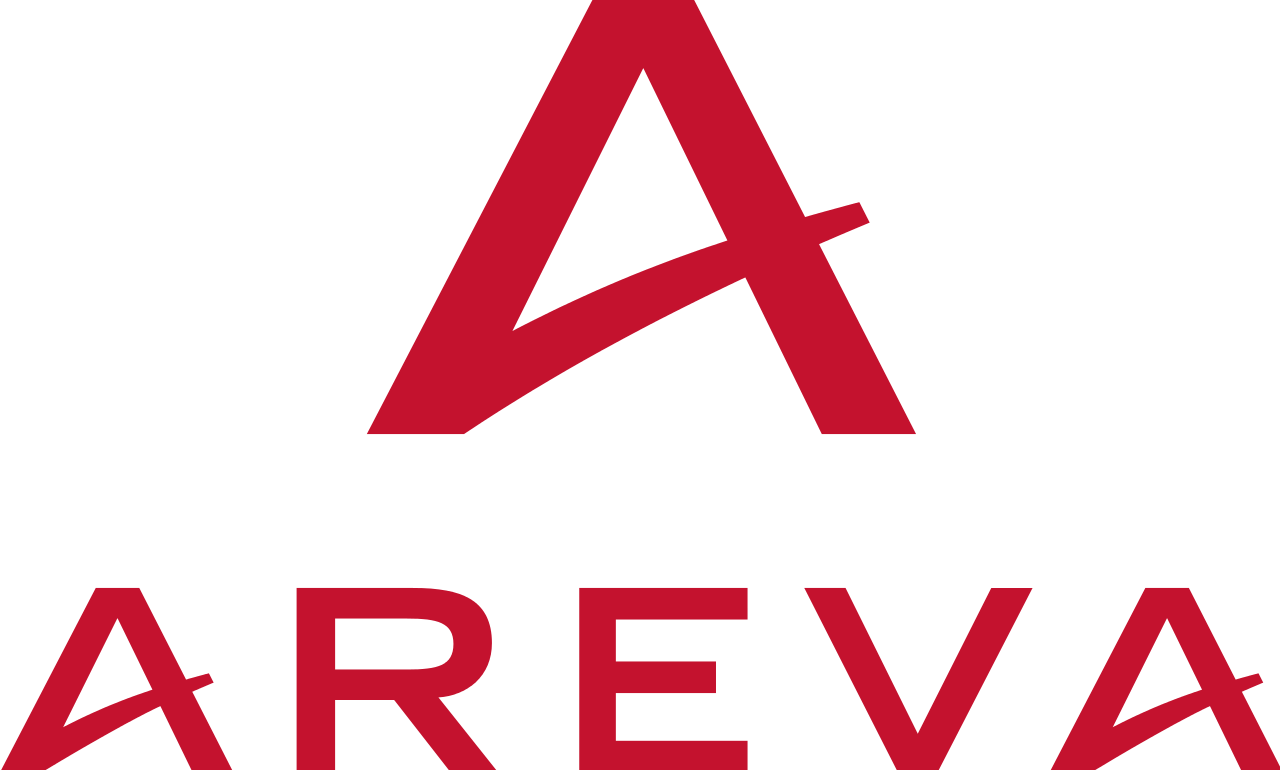Following its field trip to Niger at the beginning of December 2003, the independent French radiation monitoring laboratory CRIIRAD published a press release and report questioning the activities of the COGEMA-operated Somaïr and Cominak mines.
The CRIIRAD suggests COGEMA does not uphold the same environmental protection standards as in France. It also implies, with uncertainty, that the activity of the two mines could have consequences on the health of neighbouring populations. Communicated by an Agence France-Presse dispatch on December 18, then by an article in Le Monde on December 23, the "mission report" concluded that an "independent" assessment was required. An assessment that would of course be carried out by the CRIIRAD.
In Niger, as on all its industrial sites, COGEMA endeavours to behave as a responsible company and ensure harmonious economic and social development whilst protecting the environment.
This sustainable development approach has been a guideline for the development of mining activities around the Arlit site:
- Regarding working and environmental conditions, the Cominak and Somaïr mines operate according to the highest international industry standards. The two companies' employees are 99% Nigerien (managers were trained at the best international establishments). Working conditions are in line with rules followed by COGEMA in its Canadian mines. The industrial accident rate is lower than 10. Radiological protection criteria for workers are subject to the same requirements as those in force in Europe. The annual limit of a 1 mSv added dose for populations is complied with around both mines and in the two neighbouring towns of Arlit and Akokan. The two mines obtained ISO 14001 international environmental certification in 2002 (confirmed in November 2003).
The opencast mines and the factory waste rock stockpiles are liable to be eroded by the wind and dispersed, thus marking the ground. Recorded impact is, however, less than 1 mSv. Furthermore, dominant winds are north-easterly, outside the urban areas of Arlit and Akokan, with the operating areas to the west of the urban areas.
Finally, although there is a risk of mining material been taken by the public, all material transferred by the mining company to the public domain systematically undergoes radiological controls. COGEMA is also working on setting up a procedure to limit the risk of scrap metal theft.
- The people of the Arlit region where the two mines are located have the best medical care in Niger. Two hospitals built and totally financed by the mining companies provide free healthcare to the population (around 200,000 consultations, 5,000 operations, 7,000 vaccinations and 1,000 births a year). Cases of cancer are very rare. Questions regarding the possible sexual asthenia of the population are illogical given that families have an average of eight children.
- In terms of economic and social benefits to the populations, the two mines' 1,600 employees directly and indirectly support 120,000 people. The exploitation of coal seams near the uranium mines allows electricity to be generated for the whole region, including Agadez, without importing oil products. The Tahoua-Arlit road, which was heavily financed by the two mining companies, opens up the region by linking to the West African road network. Finally, a schooling and adult training programme was set up when mining activities commenced.
- The mining companies provided the neighbouring towns with their water supply infrastructure. Since operations began in the area at the end of the 60s, water resource management has been a prime concern. There are several fossil layers on the mining sites, only one of which is exploited. A precise assessment of the reserves of this layer is underway. An assessment carried out in 1968 estimated them at 1,300 million m³, and 270 million m³ have been exploited so far. Current consumption, which has been constantly on the decline for several years, stands at approximately 7 million m³ (2001). Around 60% of this volume is used to power urban areas. Regular chemical, bacteriological and radiological analyses show the absence of contamination.
In line with AREVA's transparency policy, all economic, social and environmental information relating to mining activities in Niger are public and available in the two mines' environmental reports and in the AREVA Group's Sustainable Development report. The SHERPA organisation requested and received authorization to visit the Somaïr premises. CRIIRAD, which claims it did not receive authorization, never requested it.
COGEMA is of course open to assessment by independent parties concerning the impact of its industrial activity on the environment, subject to authorization from Nigerien public authorities and within the framework of specifications clearly defining the objectives and methodologies. The CRIIRAD's method of operating in no way meets these criteria which aim to ensure the impartiality, quality and transparency of this type of study.
